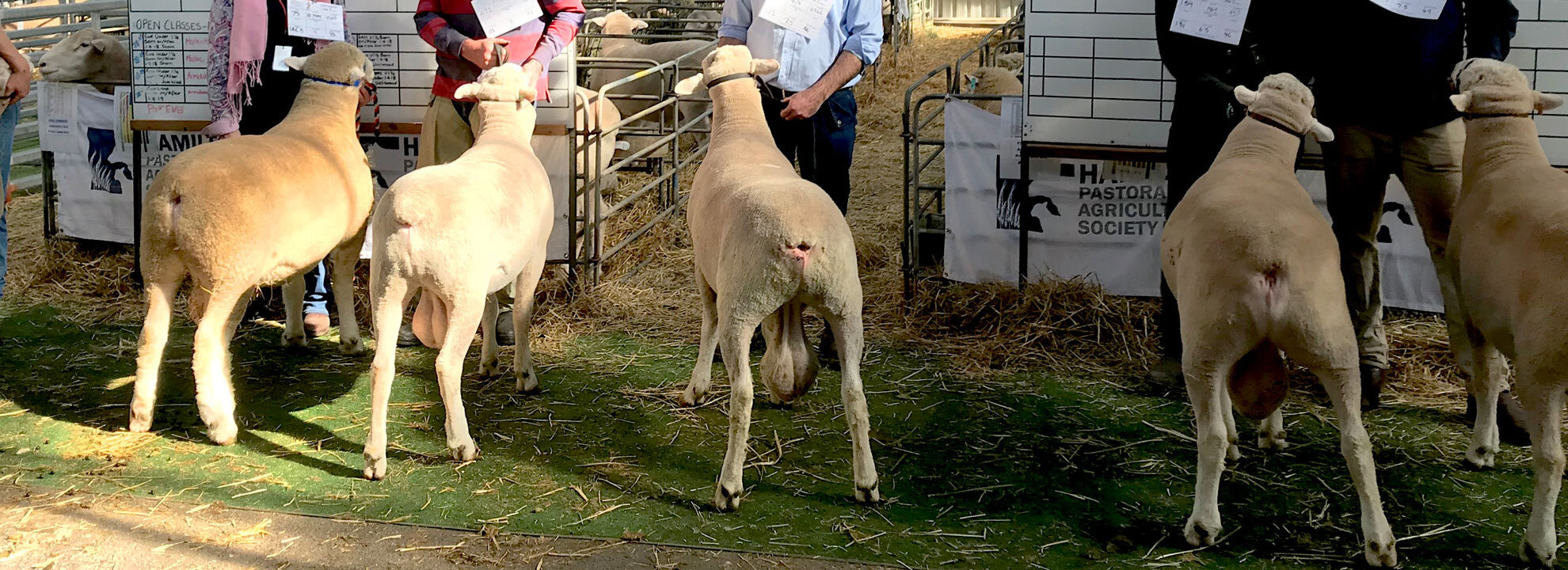
New research from the University of Sydney published this week in Nature Scientific Reports confirms that treatment with melatonin (Regulin) has a positive effect on the reproductive performance of rams.
“ This study supports the use of melatonin [Regulin] in industry to improve the reproductive efficiency of rams and allow for flexibility in reproductive management.” Assoc. Prof. Simon deGraaf, Sydney University
Merino and Poll Dorset rams were used in the research which was the first systematic study of an extensive range of reproductive parameters over a long-term period following melatonin implantation in rams.
The double-blind study (using control groups) found that by raising melatonim levels in seminal and blood plasma, treatment with Regulin:
- increased testicle size (scrotal circumference) and the number of sperm in each ejaculate;
- did not negatively impact sperm quality; and
- did not affect sperm production in the following season.
“We found that melatonin implantation results in a substantial increase in ram scrotal circumference, and importantly, sperm production with no compromise to semen quality.”
National Ruminant Manager for Ceva Australia Russ Davis welcomed the findings: “These results prove what many Regulin customers have already discovered. Treating rams alongside ewes gives the best results – more twins, fewer dry ewes and a tighter lambing period.”
The recommended dosage is one 18mg Regulin implant per ewe and three 18mg implants per ram, applied 30-40 days prior to joining. Please contact us for more information about using Regulin and a tailored plan for your enterprise.
About the research
The study was conducted by Kelsey Pool, Jess Rickard, Taylor Pini and Associate Professor Simon deGraaf from The University of Sydney, Faculty of Science, School of Life and Environmental Sciences.
Citation
Pool, K.R., Rickard, J.P., Pini, T. et al. Exogenous melatonin advances the ram breeding season and increases testicular function. Sci Rep 10, 9711 (2020). https://doi.org/10.1038/s41598-020-66594-6
Read the full article online: https://www.nature.com/articles/s41598-020-66594-6